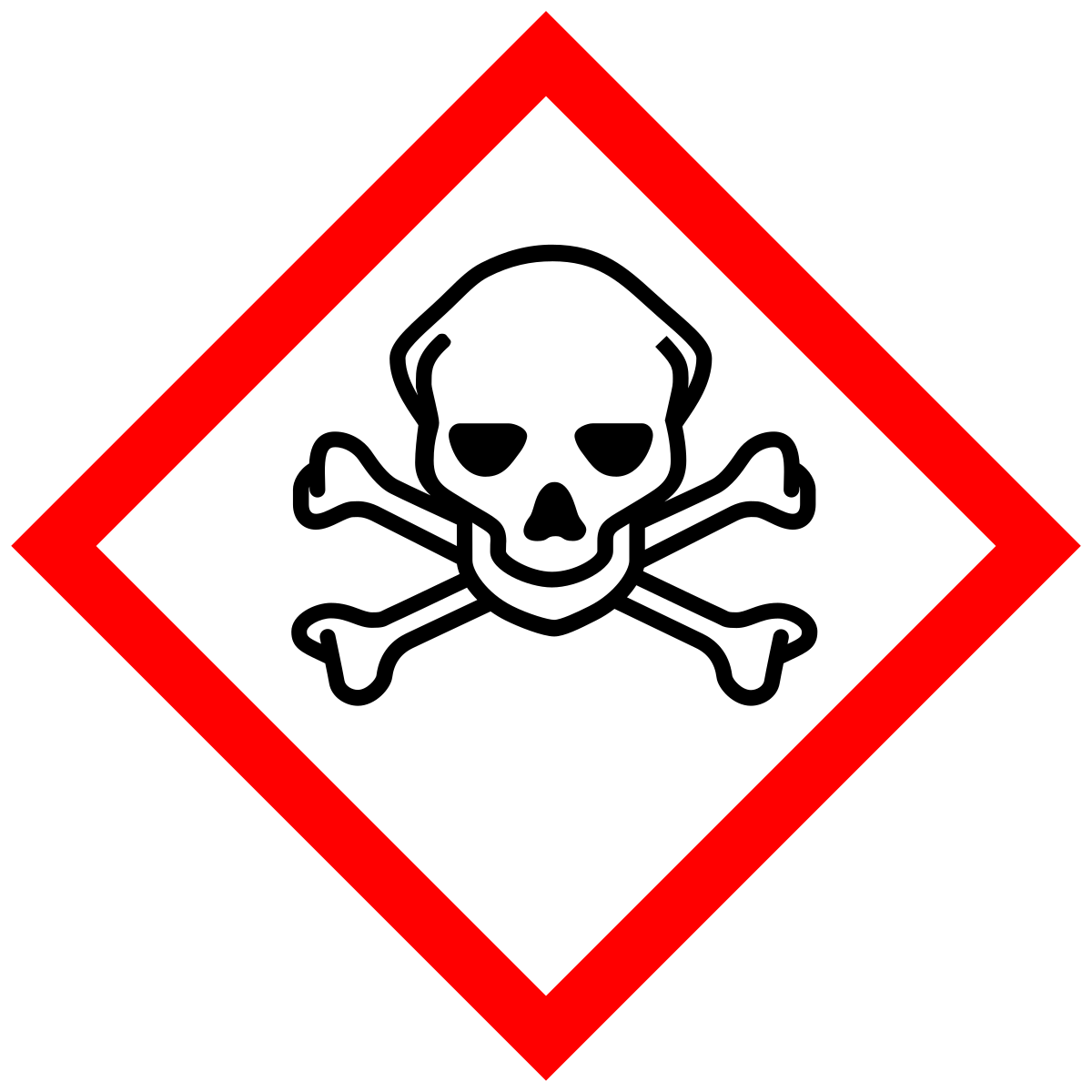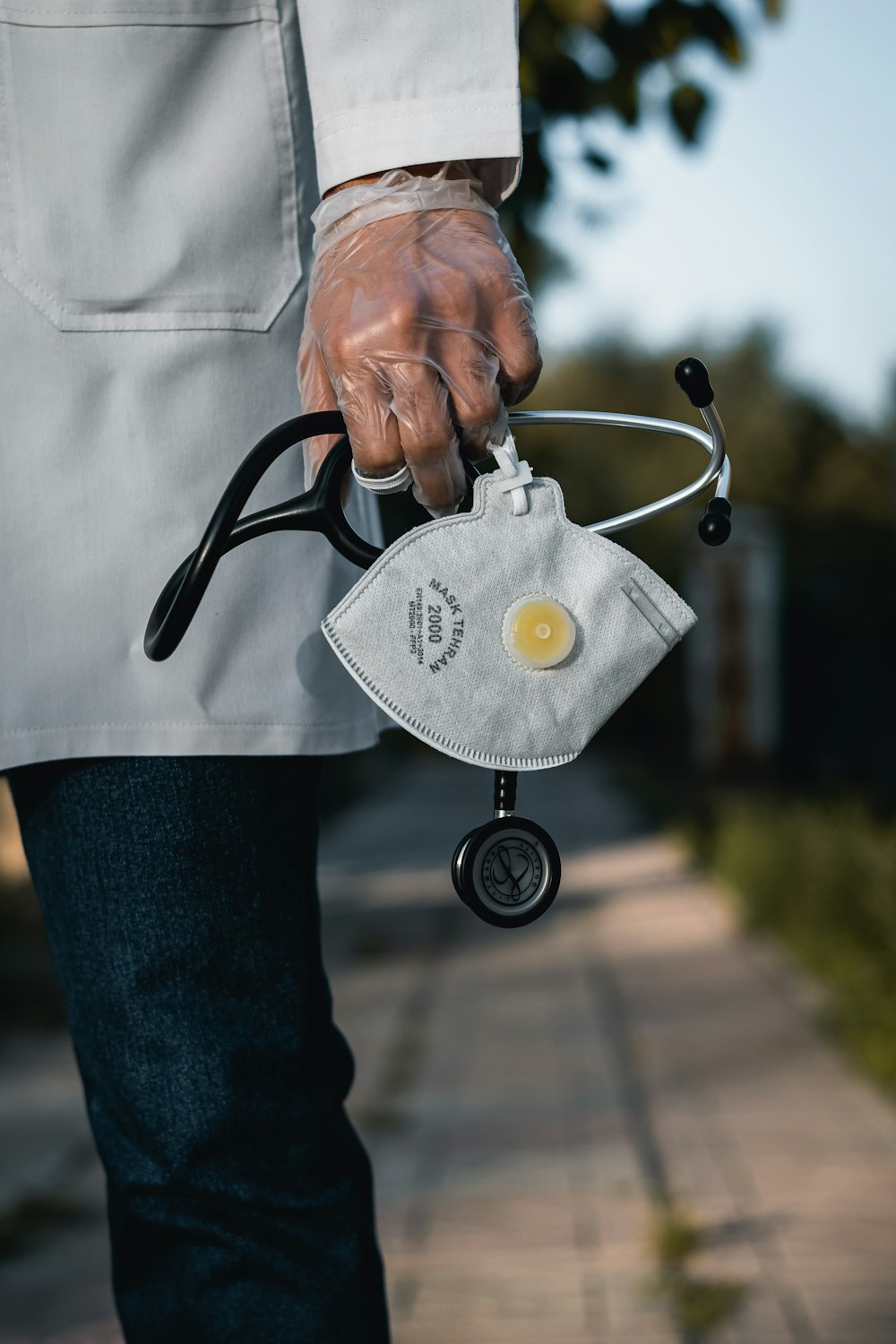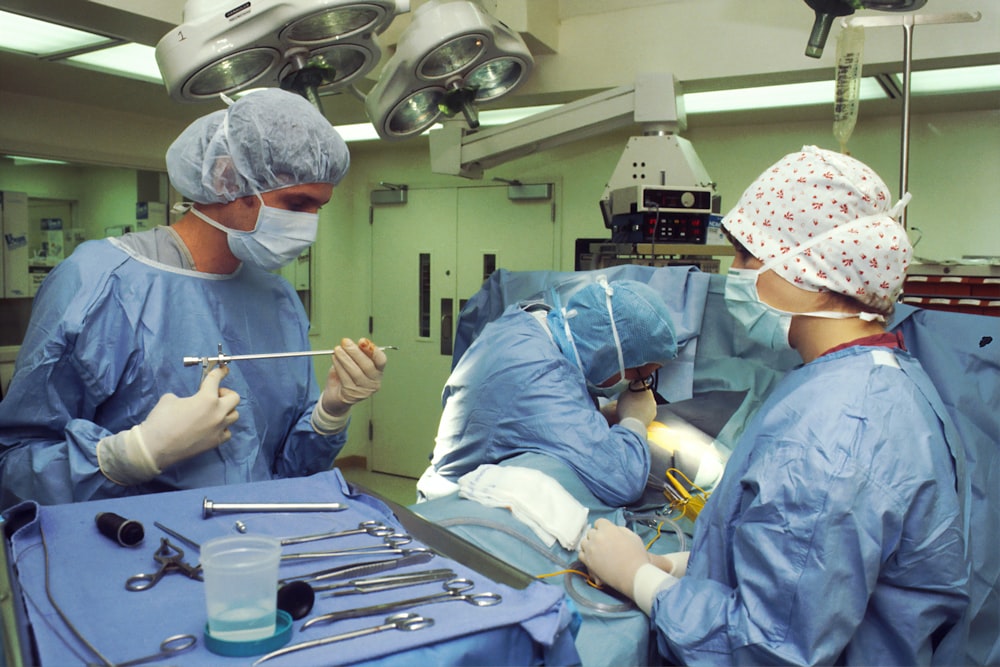One day, in our Science 9 class, our teacher, Mr. Miller, told us we were going to do a lab involving bleach. He gave us instructions on how to do the experiment, which are as follows:
- Fill a cup with water to the halfway mark
- Add food colouring and mix the liquids
- Slowly add a few drops of bleach into the water
- Observe what happens when you add the bleach into the water
Materials needed:
- beaker (this is used to measure liquids in ml, heating liquids, or stirring liquids.)
- eye dropper (used to measure/transfer a controlled amount of liquids)
- safety goggles (to protect your eyes during a lab)
- bleach
- water
- food colouring
This lab seemed extremely simple and fun, and I was looking forward to doing it the next day, but little did I know what was going to happen that day.
When it was time for science class, we all arrived on time, eager to do the lab, but a few minutes into the class, the fire alarm suddenly went off, and the air started smelling like smoke. Mr. Miller instructed us to stay calm and to line up at the door, but one of the students started to panic and opened the window to try and jump out, however we were able to calm him down and the class lined up at the door and walked outside in an orderly fashion, using the directed route and as calmly as possible. Everyone was able to get out of the school safely, and no serious damage happened to the school, a small fire happened in the oven in the Foods classroom.
At this point, school was almost over, so our teacher dismissed us and told us we would do the lab tomorrow. We were disappointed, but at least we were going home!
The next day, nothing out of the ordinary happened, so we were able to set the lab up. The bleach had an HHPS symbol on it, which looked like this:

Mr. Miller told us that this symbol meant that the bleach is dangerous, which is indicated by the octagon, and corrosive (which is shown by the hand), which means it can destroy your skin or other materials it comes into contact to, and we should be cautious while using it.
Right before we started the experiment, a student from the Foods class asked if we had any oven cleaner, since their oven was burnt yesterday. I handed it to her, and I noticed it had a similar symbol on it:

Mr. Miller told me that this symbol means that the product is explosive, and we should use caution while using it. Once I gave her the oven cleaner, we were ready to start the experiment. We filled the beaker with water and added the food colouring, then slowly added the bleach with the eye dropper. The water began to lose the colour when we added the bleach, so we wrote down our findings and finished the lab. However, our group finished early and wanted to do a bit more, so someone suggested that we use a hot plate (which is used to heat things up) to heat up the beaker, just to see what happens.
Mr. Miller was out of the room, so I said we should wait to get his permission to do it, but my group had already went ahead and did it. I tried to stop them, but they had found gasoline and started to pour it in with a funnel (which is used to pour in liquids into small openings). I saw two WHMIS symbols on the can:

I recognized this one as flammable, which means it is easily set on fire.

This one means that it can cause death or serious injury with a small amount of exposure.
I went over and knocked the can out of their hands, but the gasoline made it onto the hot plate and it set on fire. We called for Mr. Miller, and we followed the same procedure that we did yesterday, and I pulled the fire alarm on the way out. Once we had gotten out of the school and the fire department arrived, Mr. Miller confronted our class and asked who messed with the gasoline and hot plates when he was out of the classroom.
I was conflicted between telling him the truth because I didn’t want to take the blame for this and get in trouble… but I spoke up and told him what our group did. He was disappointed and spoke to us, telling us about the consequences of our actions. We got suspended for 1 week, and our group wasn’t allowed to participate in labs from then on, so we learned our lesson from that.
Map of the classroom:


























